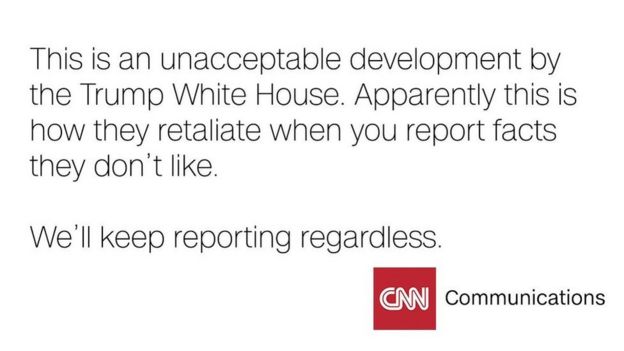Media Factsheet 142: Identity and Film
1) Complete the Twenty Statements Test yourself. This means answering the question ‘Who am I?’ 20 times with 20 different answers. What do they say about your identity? Write the 20 answers in full on your blog.
- I am Ladan
- I am black-somali
- I am a muslim woman
- I am 18
- I am a writer
- I am a poet
- I am a photographer
- I am a thriller enthusiast
- I am a music enthusiast
- I am a fan of TDE
- I am a foodie
- I am a sister
- I am a Historian
- I am a Mr.Robot fan
- I am the eldest daughter
- I am a Capricorn
- I am competitive
- I am someone who enjoys philosophy
- I am a netflix addict
- I am a quick thinker
Social groups and classifications (“I am a student”, “I am female”)
- I am a Historian
- I am Ladan
- I am 18 years old
- I am the eldest daughter
- I am a capricorn
- I am a black-somali
- I am a sister
- I am a muslim woman
- I am a netdlix addict
- I am someone who enjoys philosophy
- I am a Mr. Robot fan
- I am a writer
- I am a poet
- I am a foodie
- I am a fan of TDE
- I am a photographer
- I am a music enthusiast
- I am a thriller film enthusiast
- I am a quick thinker
- I am competitive
My favourite film is Nightcrawler. I believe this choice reflects on my identity as I am someone who interested in the psychological aspects of human beings and the choices they make, which is explored in the film through the protagonist and the other characters. The film is also aimed at a more niche audience, which reflects on my enthusiasm for thriller films. I would not say I identify myself with the protagonist but his desire for perfection and and his commitment is an aspect that resonates with my values and beliefs.
4) Watch the trailers for the five films highlighted as examples of gay/lesbian representation in mainstream film. How are LGBT identities constructed in the trailers and how are audiences encouraged to respond to these representations?
Wilde (1997, dir. Brian Gilbert)
This trailer focuses on the taboo of homosexual couples, and the oppression they would face for not fitting into societal standards. This trailer suggests that the audiences are supposed to understand the complications that come with LGBT identities and to understand the hardships of concealing a relationship.
Philadelphia (1993, dir. Jonathan Demme)
This film trailer constructs the prejudices that LGBT identities may face due to misconceptions. The story line, which is based on discrimination against LGBT identities provides the audience with an insight into the impact that discrimination can have on ones life, and how that changes in society are needed to overcome this i.e. the legal case
The Wedding Banquet (1993, dir. Ang Lee)
This film trailer similarly focuses on the hardships of concealing a relationship to overcome the societal standards that are implemented onto us. The audience are encouraged to understand these difficulties through sympathising with the characters.
The Kids are Alright (2010, dir. Lisa Cholodenko)
This trailer portrays homosexual couples in a positive light, suggesting that homosexual parents are no different to heterosexual parents in regards to how the children are raised and so on. The audience are encouraged to overcome the taboo topic of homosexual parents, as the trailer emphasises on the loving and caring traits.
Pride (2014, dir. Matthew Warchus)
In this trailer the LGBT community are represented as segregated from the rest of the population. This is represented through the sense of alienation created from the villagers response towards the LGBT community. However this changes throughout the course of the trailer, as the villagers are seen appreciating the support of the community in a time of crisis.







